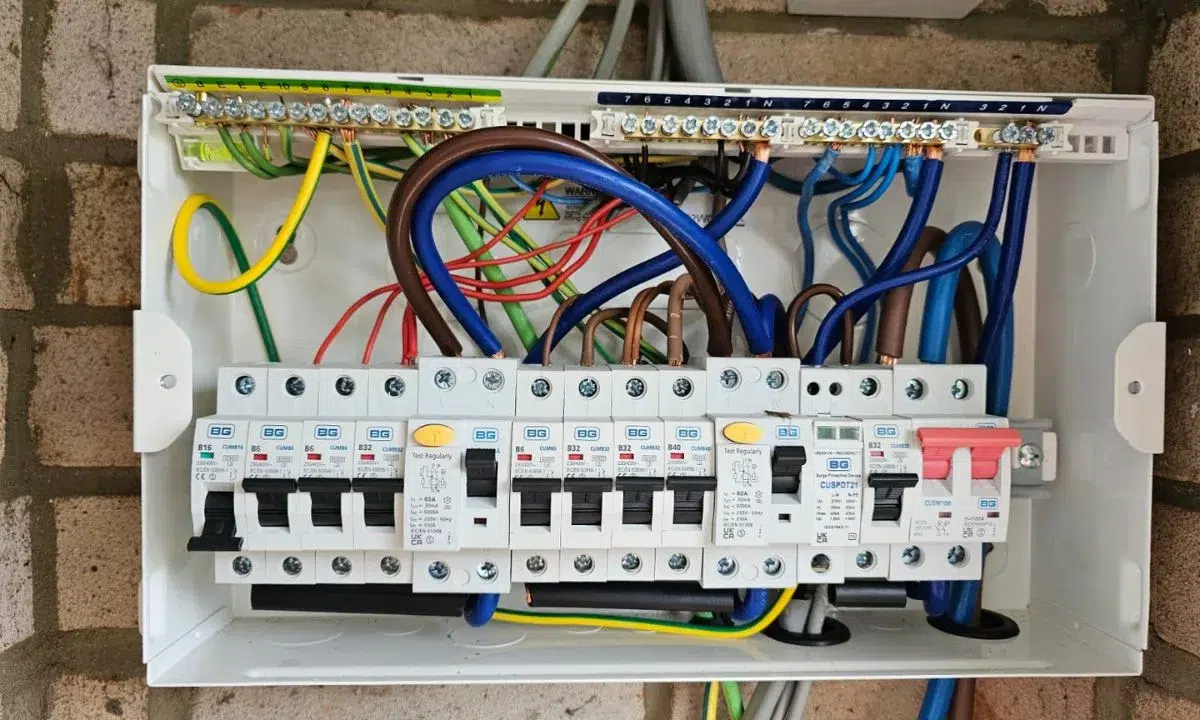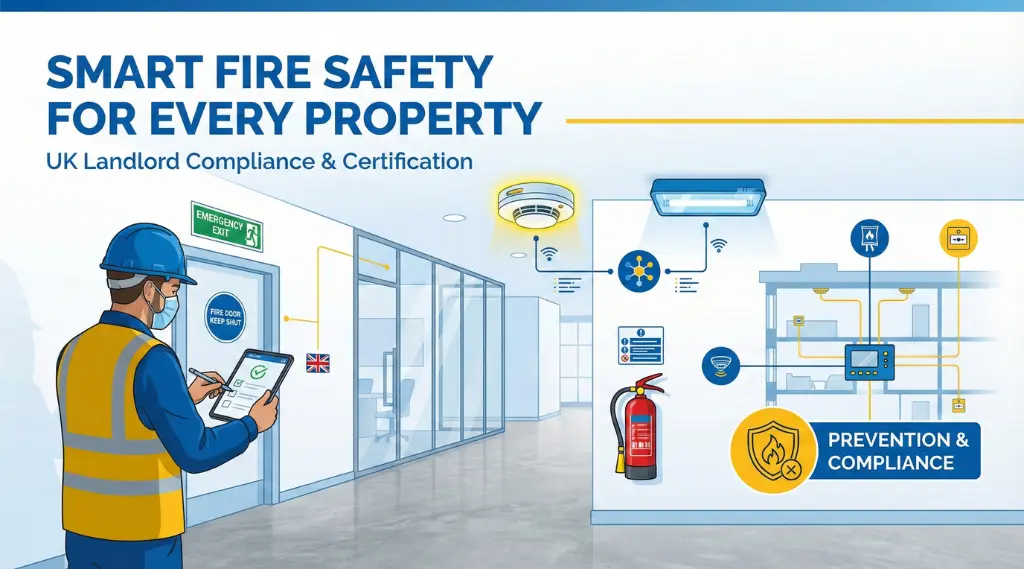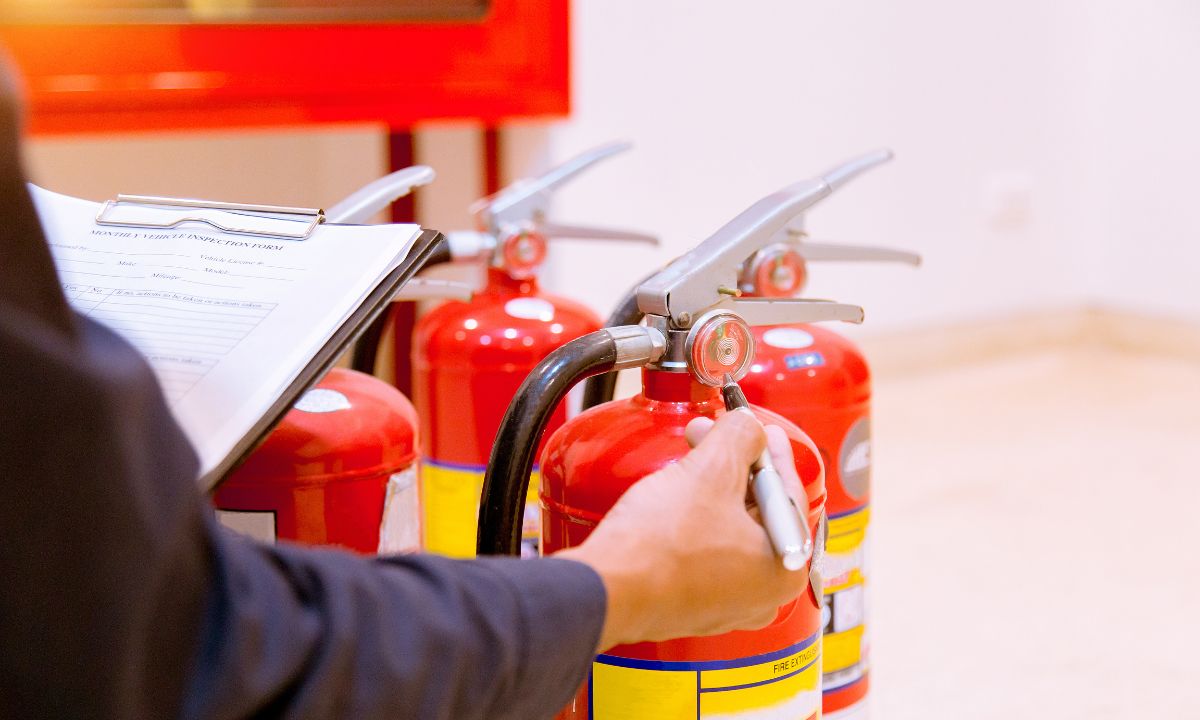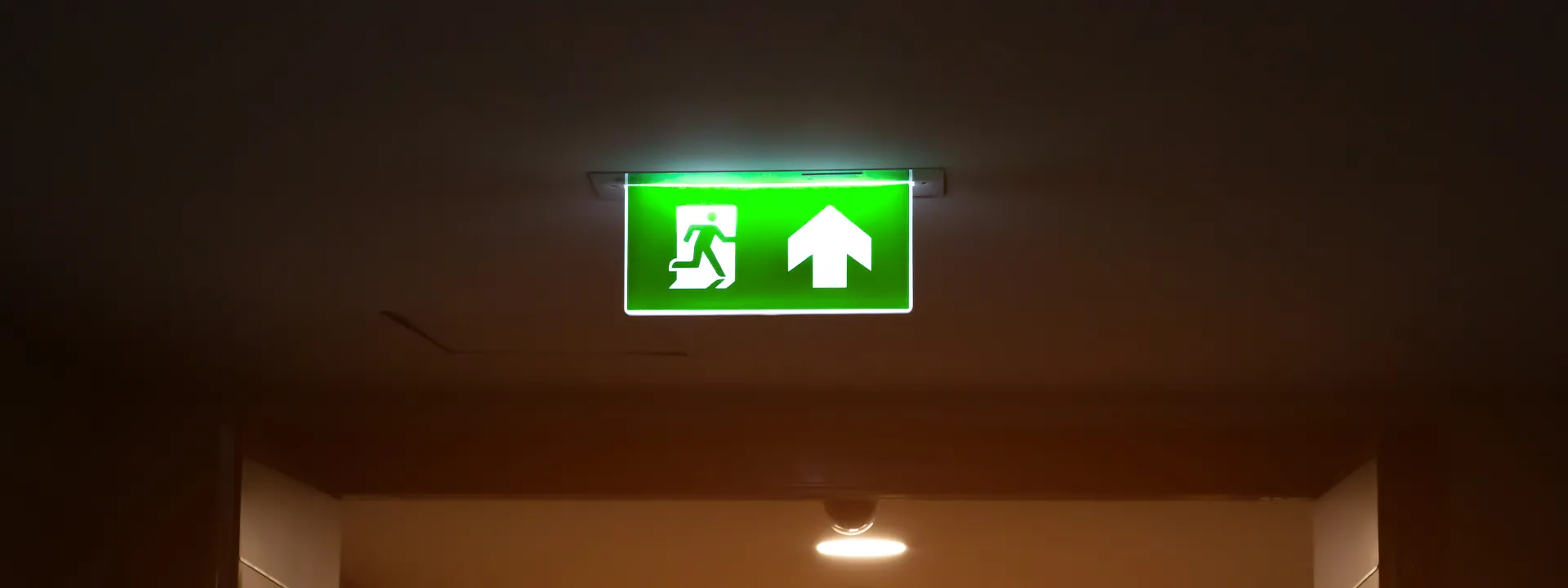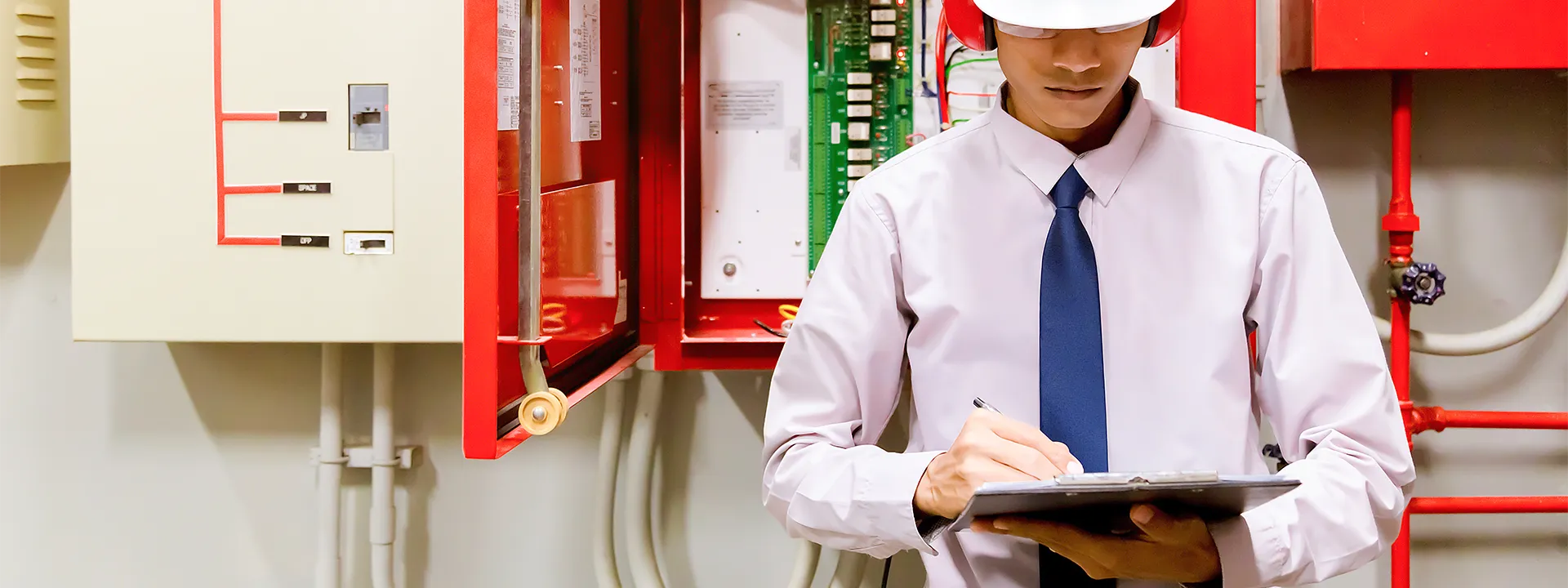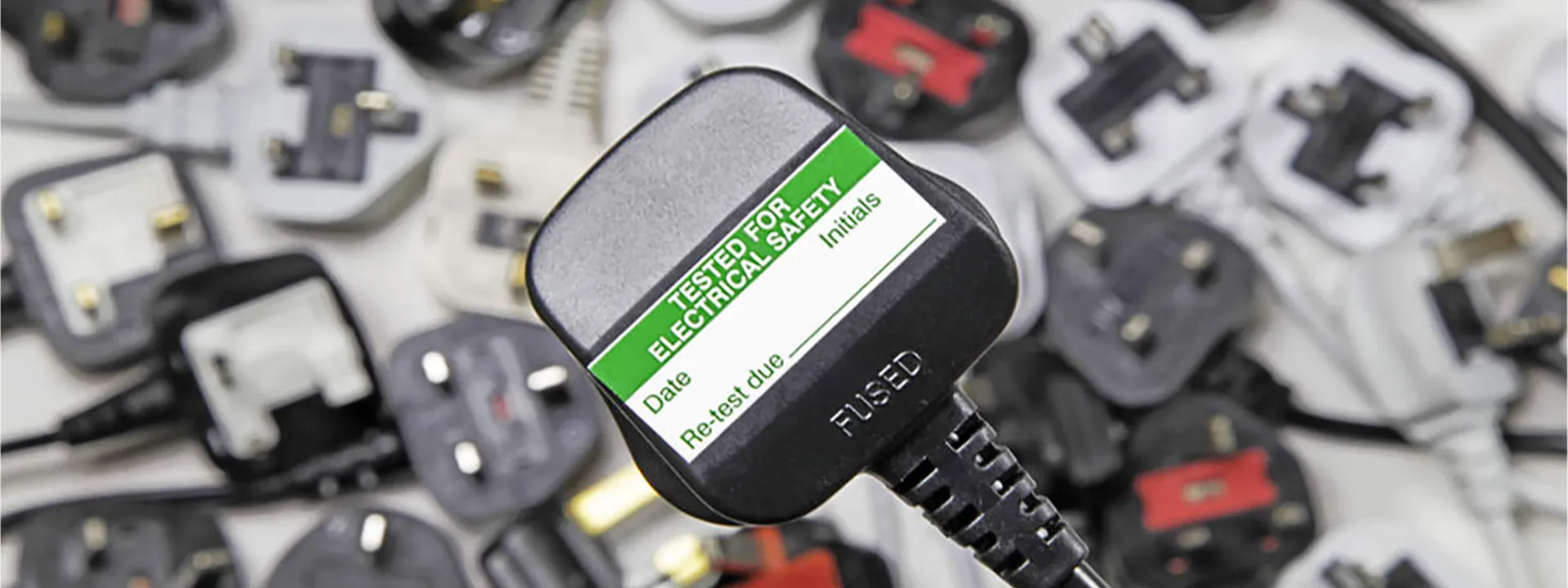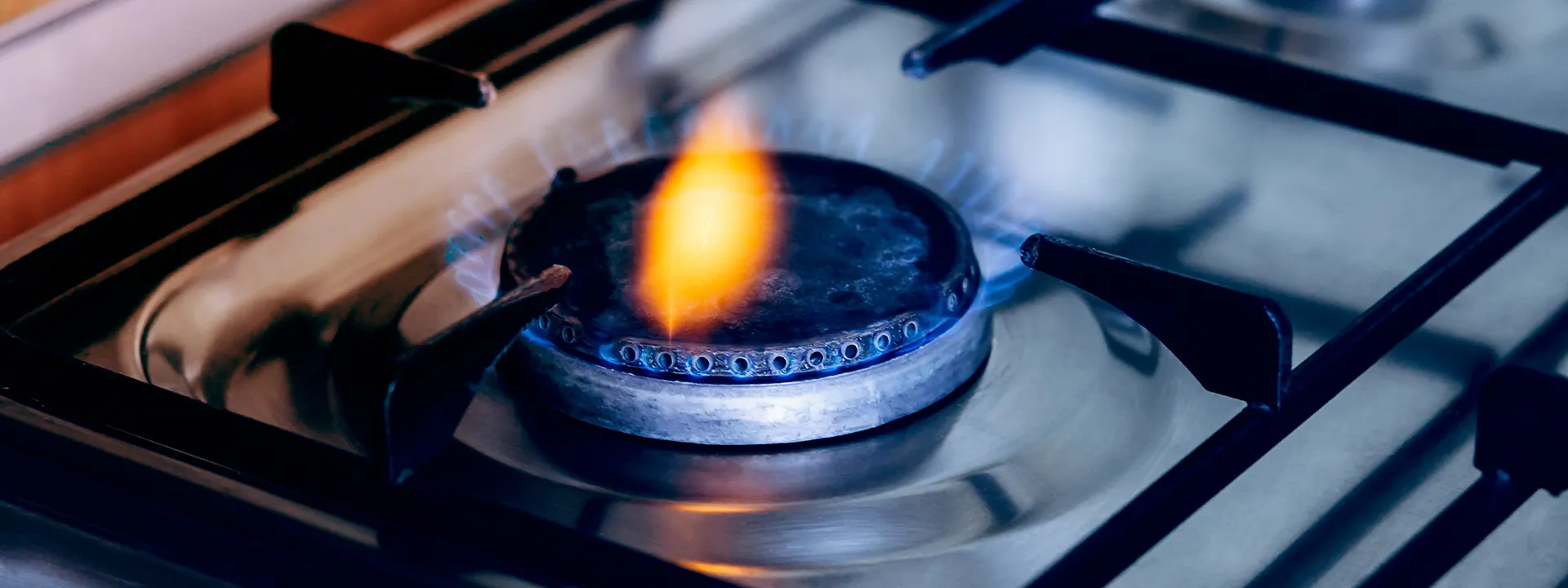Whether you’re a business owner or landlord, you need an EICR report for electrical safety. But what is the EICR Test Procedure – What Happens During The Test in the UK? An EICR test is a wise investment for the health of your family or employees and the security of your property.
In this article, you will learn everything you need to know about the EICR test procedure. Feel free to contact All Landlord Certificates for more information!
What is an EICR Test?
An EICR stands for Electrical Installation Condition Report. It elaborately explains the electrical health of the property in question. A skilled electrician examines the integrity of wiring, circuits, switches, sockets, and other electrical parts during this. The electrician might also perform some tests to determine their general state. The EICR report will identify dangers, shortcomings, or stock that may pose risks or don’t meet the current standards.
Importance of an EICR Test
Electrical problems are dangerous in any house. They can cause fire accidents, electric shocks, and even equipment damage! Want to prevent this risk? An EICR test can help identify dangers before they become life-threatening!
Who Needs the EICR Test?
Landlords
In the UK, landlords are legally responsible for arranging the electrical safety standards of the residential areas they own. They must produce an EICR report at least every 5 years or when there is a change in tenancy.
Businesses
Commercial entities also have a role in ensuring electrical safety within their facilities. The frequency of undertaking EICR testing for businesses may vary depending on the type of business and related electrical hazards.
Homeowners
Even though it may not be compulsory by law, homeowners are advised to conduct an EICR test. It often proves to be one of the best ways to ensure the protection and durability of an electrical system.
What is the Procedure for an EICR Test?
The EICR test is usually carried out by a competent person who is a qualified, registered electrician. Here’s a breakdown of what you can expect:
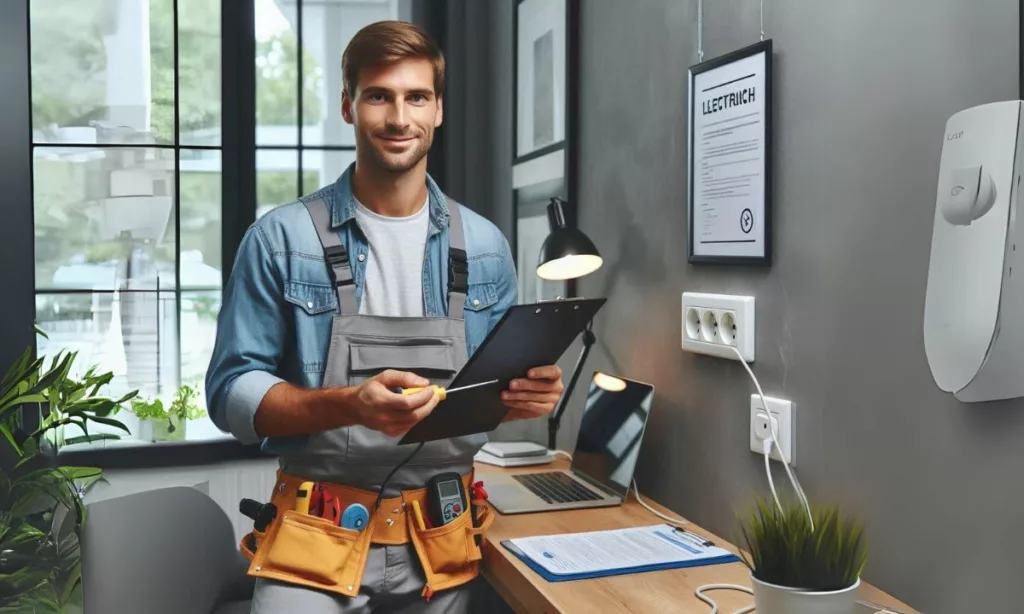
1. Pre-Inspection
![]() The electrician will explain the process and address any concerns you might have.
The electrician will explain the process and address any concerns you might have.![]() They’ll require full control of any part of the electrical systems within the property, such as the fuse box, switches, or sockets.
They’ll require full control of any part of the electrical systems within the property, such as the fuse box, switches, or sockets.
2. Visual Inspection
![]() The electrician will inspect the system, looking for signs of damage, wear and tear, or risky features.
The electrician will inspect the system, looking for signs of damage, wear and tear, or risky features.![]() They will check for issues like faulty cable insulation, overloaded sockets, outdated consumer units (fuse boxes), or signs of burning around switches or outlets.
They will check for issues like faulty cable insulation, overloaded sockets, outdated consumer units (fuse boxes), or signs of burning around switches or outlets.
3. Electrical Testing
Once the visual inspection is complete, the electrician will carry out circuit checks and tests using specific tools to evaluate different characteristics of the system. There are two main types of testing:
Dead Testing
Electrical power is provided separately to avoid any danger.
Live Testing
Upon confirmation of safety, the electrician will switch on the power to ensure everything is functioning properly.
4. Recording Findings
During the inspection and testing, the electrician carefully documents the process, including findings from the visual check, tests conducted, and any defects or non-conformities observed.
5. EICR Report
![]() After testing, the electrician will present a properly formatted EICR report to the client. This report will detail:
After testing, the electrician will present a properly formatted EICR report to the client. This report will detail:![]() The date, time, and individual’s signature for the inspection
The date, time, and individual’s signature for the inspection![]() A description of the property and electrical installation
A description of the property and electrical installation![]() A list of faults, defects, or non-compliance issues observed
A list of faults, defects, or non-compliance issues observed![]() Proposed actions for necessary repairs or replacements
Proposed actions for necessary repairs or replacements![]() A general rating of the electrical installation’s condition (satisfactory, unsatisfactory, with signs of deterioration, or dangerous)
A general rating of the electrical installation’s condition (satisfactory, unsatisfactory, with signs of deterioration, or dangerous)
Who is an EICR Test For?
Once you receive an EICR report, carefully review it:![]() If the report marks the condition as “satisfactory,” you can relax, knowing the electrical system is safe for the next five years.
If the report marks the condition as “satisfactory,” you can relax, knowing the electrical system is safe for the next five years.![]() If the report indicates “improvement required,” address the issues as soon as possible. The electrician will suggest necessary repairs or replacements to meet current safety standards.
If the report indicates “improvement required,” address the issues as soon as possible. The electrician will suggest necessary repairs or replacements to meet current safety standards.![]() In the worst-case scenario, if the report declares the condition as ‘dangerous,’ immediate corrective measures must be taken to protect the property and its occupants. The electrician may
In the worst-case scenario, if the report declares the condition as ‘dangerous,’ immediate corrective measures must be taken to protect the property and its occupants. The electrician may ![]()
![]() recommend shutting off some circuits or even the power supply until repairs are made.
recommend shutting off some circuits or even the power supply until repairs are made.
How to Choose the Right Electrician for an EICR Test
When hiring an electrician for your EICR test, ensure they are a competent individual registered with NICEIC or ECA. These schemes ensure that electricians are qualified and can adhere to public standards.
Read also- When Did EICR Become Mandatory In London?
Final Words
A safe electrical system is crucial for ensuring comfort and security in living or working spaces. That’s why you should get the EICR in London! It’s important to schedule regular check-ups and address any problem areas. This way, you can avoid potential electrical hazards and keep yourself and your family safe. Interested in more information about the EICR test? Contact All Landlord Certificates now!
